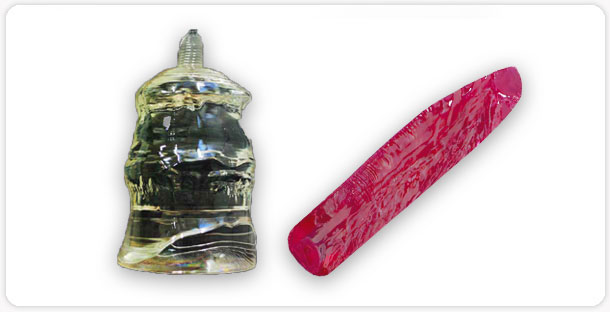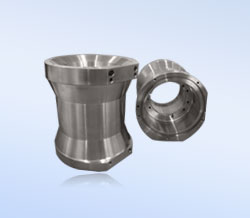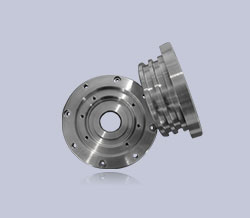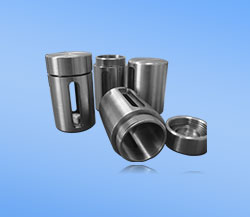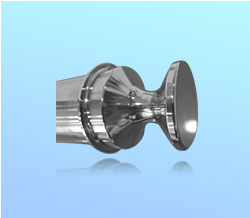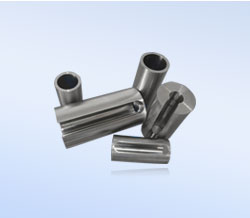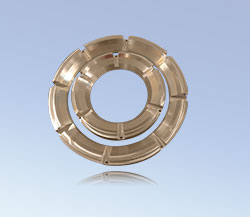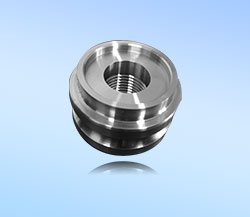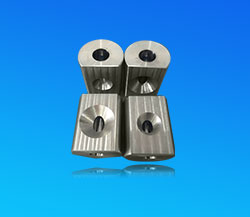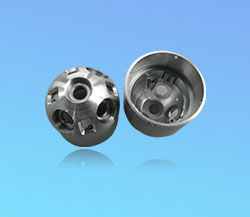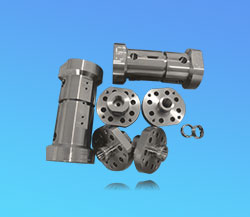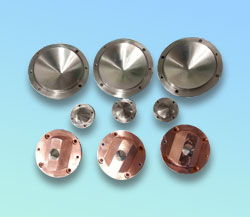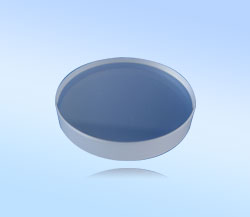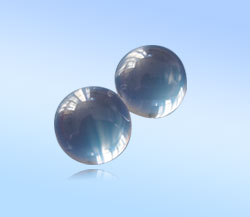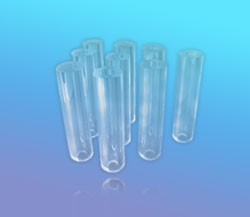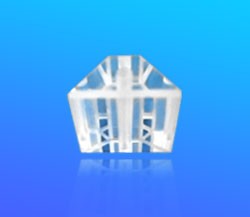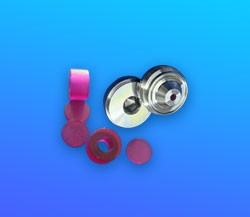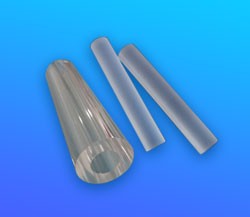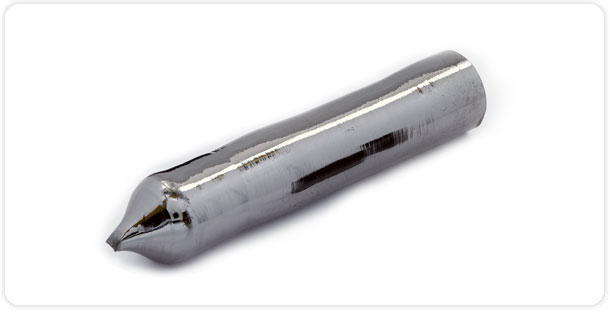
TUNGSTEN
Tungsten has an extremely high melting point (3410°C) with high density up to 19.2g/cm3, it is a grey-white metal, called Wolfram in some places, usually it is produced by sintering and can be fabricated into finished parts, but it is very difficult to do so. Tungsten alloy is also strong by combination with iron, nickel or copper. It is an ideal material to make hot zone, ION chamber, semi-conductor process, radiation shielding, counter weights, nozzles.
MOLYBDENUM
Molybdenum is also with high melting temperature at 3410°C, density is 10.2g/cm3, it has high strength and keep stable dimension even at high temperature up to 800°C, usually it can be used as alternative of Tungsten in heating, lighting, electronics and semi-conductor industrials.
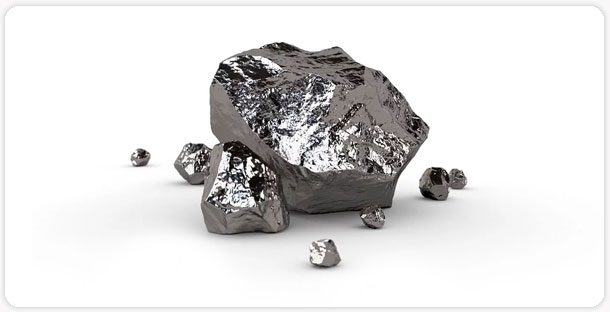
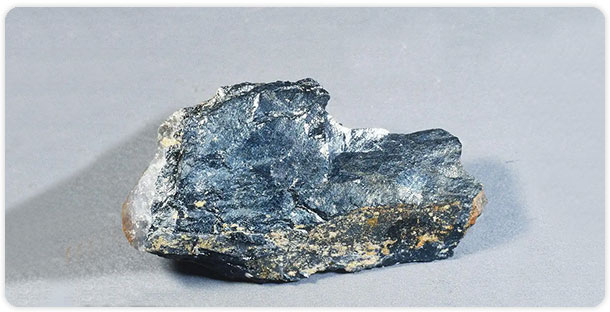
TANTALUM
Tantalum is produced by arc-melting in vacuum atmosphere, with melting temperature at 2996°C, tantalum is a soft metal and creating heat to make tools failure while machining, so it is sometimes more difficult to be machined than Tungsten when tight tolerance or smooth surfaces required. Tantalum is often used in electric capacitors, electronics, sputtering target or evaporation boat.
TITANIUM
Titanium is a light weight, high strength, low-corrosion metal, looks silvery gray, it usually can be alloyed with Aluminum, Vanadium and/or Nickel, Moly to increase strength, it is widely used in aircrafts, industrial process, medical implants and most corrosion-resistance environments.
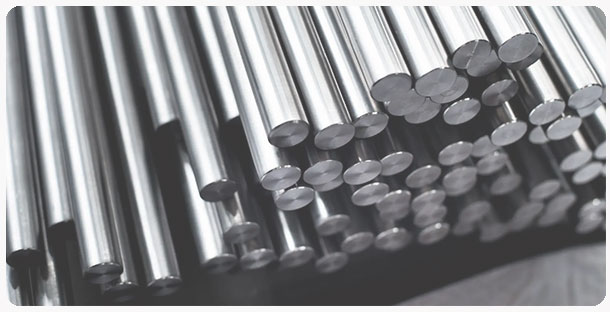
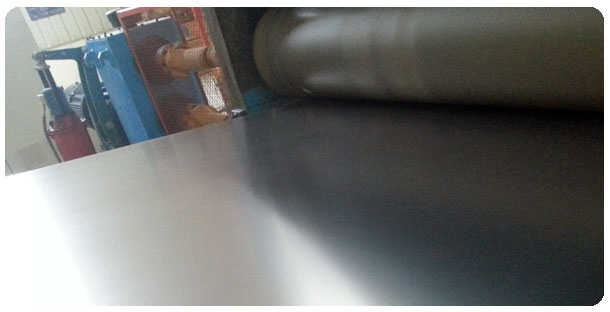
KOVAR
Kovar is a nickel-based alloy with cobalt content 29%, it can keep low and stable thermal expansion at a temperature range, that makes Kovar an important material to be used for hermeticity of electronic packages in semiconductor process or other electronics, vacuum tubes, microwave enclosures.
SYNTHETIC SAPPHIRE & RUBY
Synthetic sapphire is a single crystal material made from pure Al2O3 99.99%, with hardness 9 on the Mohs scale, it is about the hardest material in industrial applications, by it’s excellent chemical stability, mechanical properties, and light transmission, it is often used in aggressive environments where wear, strength, thermal stability, corrosion and optical transmission required. Ruby is mostly produced by flame fusion with a small content of Chromium (existed in Cr2O3), color in red with higher concentration producing darker, the chemical and mechanical properties is about the same as synthetic sapphire, it is more commonly used for bearing, compass, meters.
